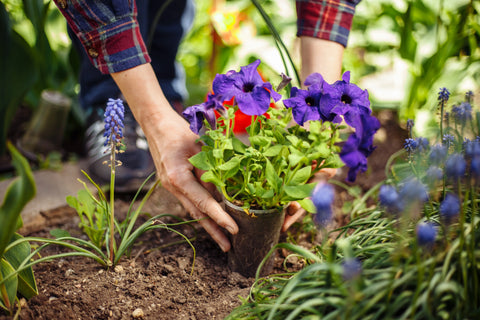4. Citrus Peel Spray:
Ingredients: Citrus Peels and Water.
Method: To make a natural and aromatic spray for your garden, boil Citrus peels in water and let it cool. Once cooled, strain the liquid and spray it on your plants. The essential oils found in citrus peels act as a deterrent to pests and give a refreshing scent to your garden. By boiling the peels, you can extract these oils and create a natural spray that will help keep insects away from your plants.
5. Baking Soda Fungicide:
Ingredients: Baking Soda and Water.
Method: Mix one tablespoon of baking soda in a gallon of water. This solution helps control fungal diseases like powdery mildew on your plant. It alters the pH on the plant surface, creating a less favorable environment for fungal growth. This solution is practical and effective in combating common garden diseases.
6. Milk and Water Mix:
Ingredients: Milk and Water.
Method: Mix equal parts Milk and water. Spray it on your plant. Milk contains proteins with anti-fungal properties. When diluted with water, it creates a protective layer on the plant surface, preventing the growth of fungal infection. This spray is suitable for plants susceptible to mildew and all fungal issues.
7. Tomato Leaf Spray:
Ingredients: Tomato Leaf and Water.
Method: To make Tomato leaves spray, chop 2 cups (473 milliliters) and soak in 2 cups water for the entire night. The next day, strain the liquid and throw away the leaves. Pour two cups of water, then mist the plants with the mixture. It functions as a mite and an aphid repellent.
8. Compost Tea:
Ingredients: Compost and water.
Method: Place a handful of Compost in water for a few days.Strain and use the liquid as a nutrient-rich spray for your plants. Compost tea is a nutrient-rich liquid fertilizer created by steeping compost in water. It contains beneficial microorganisms and nutrients that enhance soil fertility. When used as a spray, it provides plants with essential nutrients, promoting growth and overall vitality.
Conclusion:
In conclusion, homemade plant sprays are natural and sustainable alternatives to commercial chemical products. Using these DIY plant sprays, you can protect your garden from pests and diseases while contributing to a healthier and more sustainable gardening approach. You can experiment with these recipes, tailor them to your plant's specific needs, and watch your garden thrive in a natural and eco-friendly way. So, Happy Gardening!




